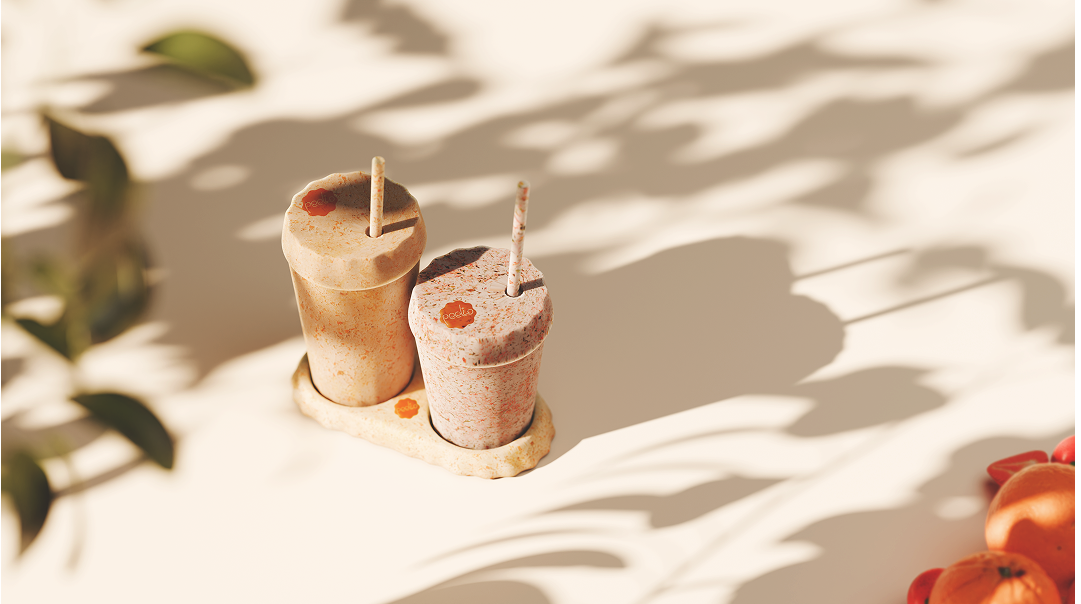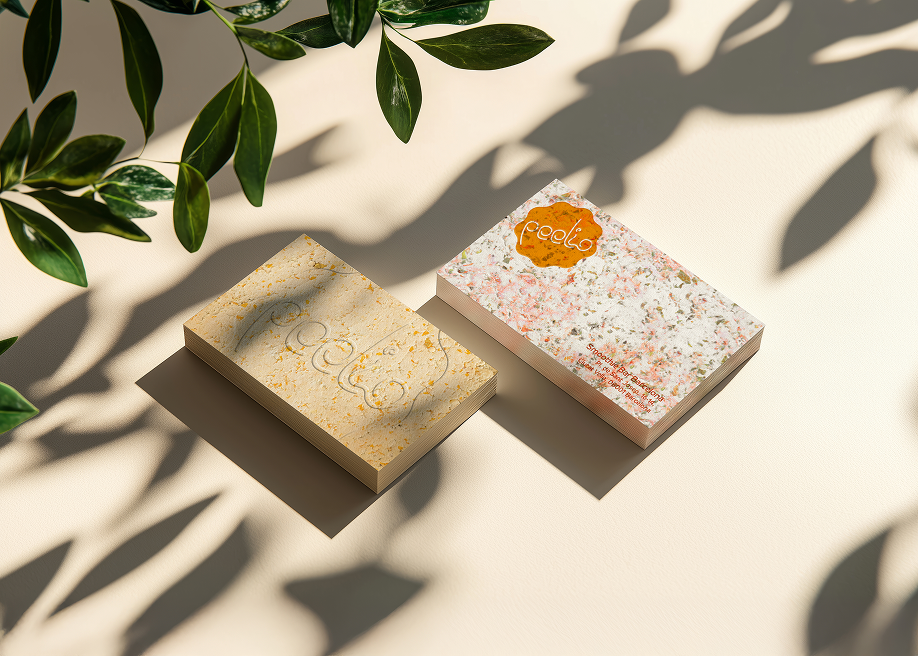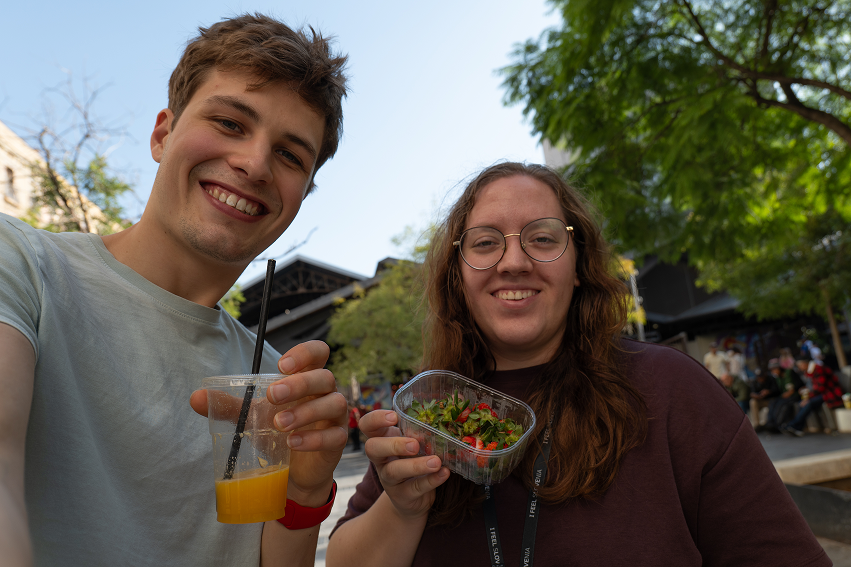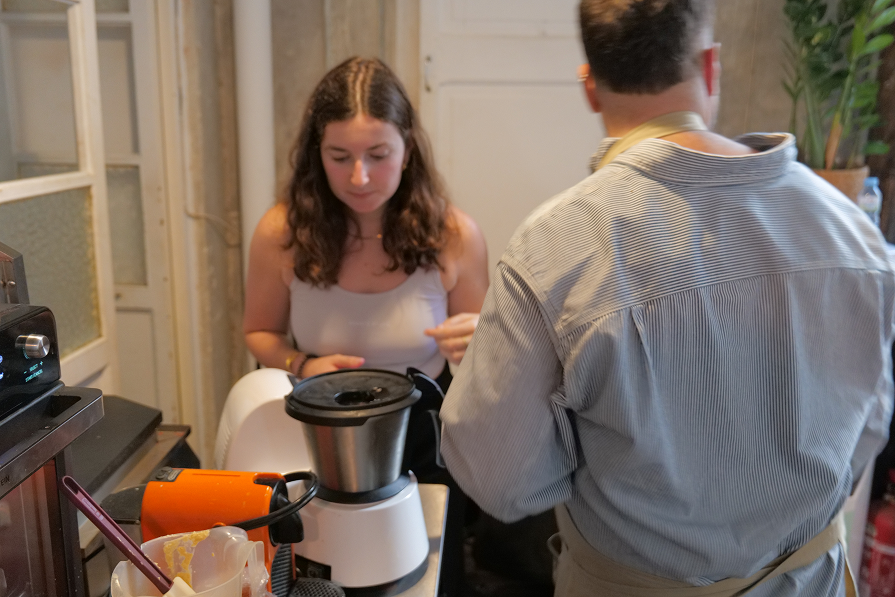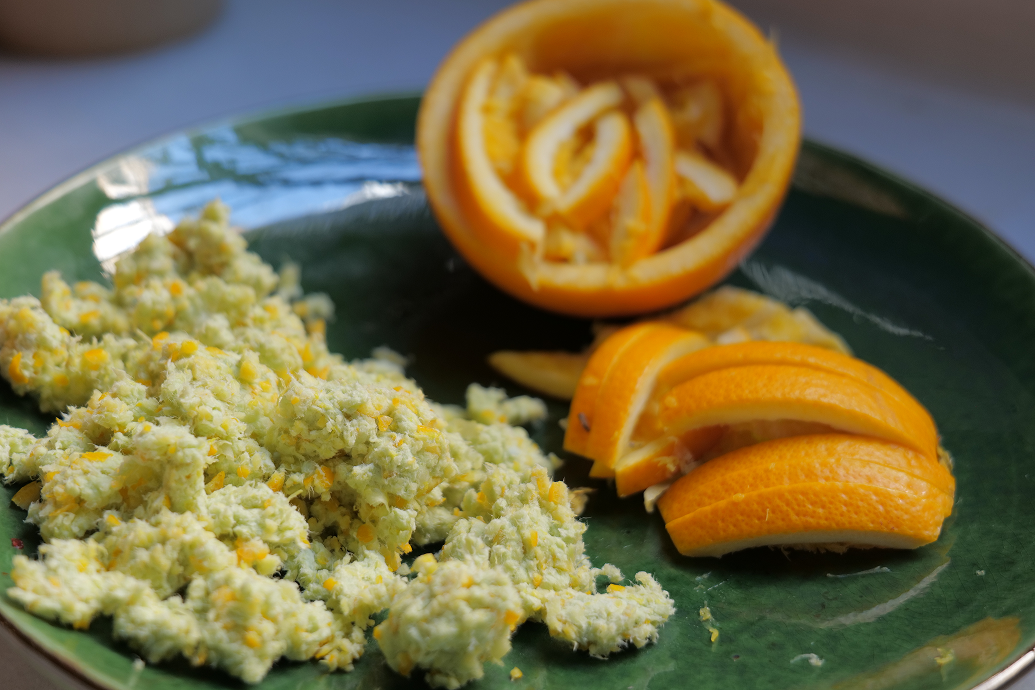PEELIO
CONCEPT
From peel to product: Peelio closes the loop in the smoothie bars, upcycling waste into cups and menus.
Peelio is a circular design experiment at the intersection of food, materials and sustainability. At its core: a smoothie bar that upcycles its own fruit waste and discarded fruit packaging into functional paper products. Instead of disposing of peels and cardboard, we transform them into menus, posters, coasters — even cups. Every product tells a story of regeneration, where consumption and creation happen within the same loop.
Our design system merges biomaterials with brand experience: menus, coasters, and packaging are born from the same fruit pulp that powers the smoothies, incorporate fruit trimmings and the cardboard boxes. A tangible, aesthetic reminder that waste can become something beautiful and useful.
TEAM
My name is Jan-Elias Kronberger and I am an pasionate designer and maker. I am based in Austria and I am always open for a new challenge.
After graduating from the Higher Technical School in Hallstatt for Interior Design and Furniture Construction, I completed my civil service in a retirement home and gained experience working in an architecture firm for six months.
Currently, I am in my fith semester of studying Industrial Design in Linz. My passion for design started early. After buying a 3D Printer and creating numbers of prototypes I was inspired to explore Industrial Design further. Throughout my studies, I have been particularly fascinated by conceptual work, research around topics like circularity, material research and human centered Design.
With my background in interior design, furniture construction, and interest in industrial design, I try my best to create meaningful, user-centered solutions
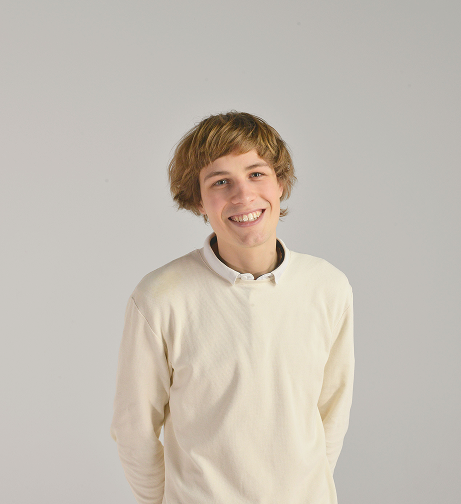
Leja Rebolj is a Master industrial design student focused on sustainable design, material research, and circular innovation.
She graduated in 2024 from the Academy of Fine Arts and Design in Ljubljana, with an exchange at ESADSE in Saint-Etienne, France. Leja’s work combines design, science, and craftsmanship, with a focus on biomaterials and alternative production methods.
She developed Pomter, a biopolymer packaging made from discarded potato peels, merging her passion for cooking and material innovation. Her approach earned her the Slovene Design Awards 2024. In 2025, she showcased her work at MOME in Budapest, marking her international exhibition debut. Leja envisions to expand her sustainable design practice and collaborate globally on biomaterials and eco-conscious solutions.
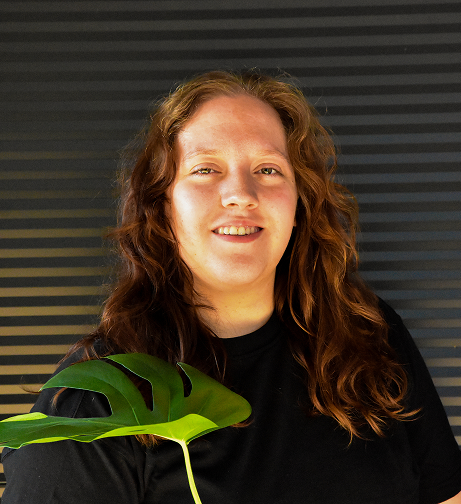
PROCESS
IDEATION
Inspired by market stalls in Barcelona, Peelio arose from a simple question: what if the waste from making smoothies could itself become the materials used to serve them?
During field research in Barcelona, we observed the scale of smoothie consumption and its waste. One stand uses approximatelly 300 cups every day, and with 20 stands per market across 39 markets in the city, this adds up to approximately 230,000 cups used daily, or 85 million per year, generating over 250 tons of plastic — 12 times more than the amount of plastic that enters the oceans globally each year. Meanwhile, these markets produce around 60,000 orange peels per day, which could be upcycled into 30,000 cups, five times the daily usage of cups at a single market, and that is only from oranges!
These numbers are rough estimates based on market observations. This quantitative insight sparked the design ideation: what if fruit waste itself could be transformed into functional, aesthetic objects, reducing plastic dependency while closing the loop in the smoothie bar ecosystem?
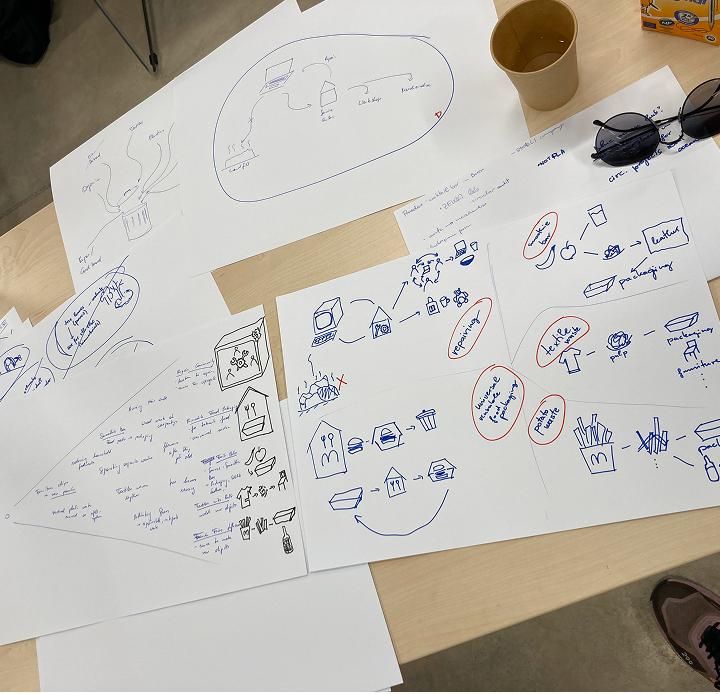
MATERIALS
Our materials are derive from two main waste streams: fruit residue (peels, pulp, seeds) and discarded cardboard boxes, merged into biopaper and fruit leather.
During material exploration, we collected orange peels and strawberry residues directly from local markets in Barcelona, which formed the basis of our first paper prototype. This initial biopaper demonstrated the potential to create menus, business cards, and other brand collateral entirely from fruit waste. To test functional performance, we experimented with waxing the paper, improving its water resistance — a crucial step for potential use in paper cups. The process involved drying, pressing, and combining fruit fibers into sheets, resulting in a textured, tactile material that retains the organic characteristics of the source ingredients. These prototypes highlight how biomaterials can merge sustainability with design, turning what would otherwise be discarded into valuable, aesthetic, and functional objects. The experimentation also provided insights into scale: with consistent sourcing from multiple market stands, fruit waste could feasibly produce large volumes of biopaper for branding and packaging applications, demonstrating a tangible path from waste to product within a circular system.
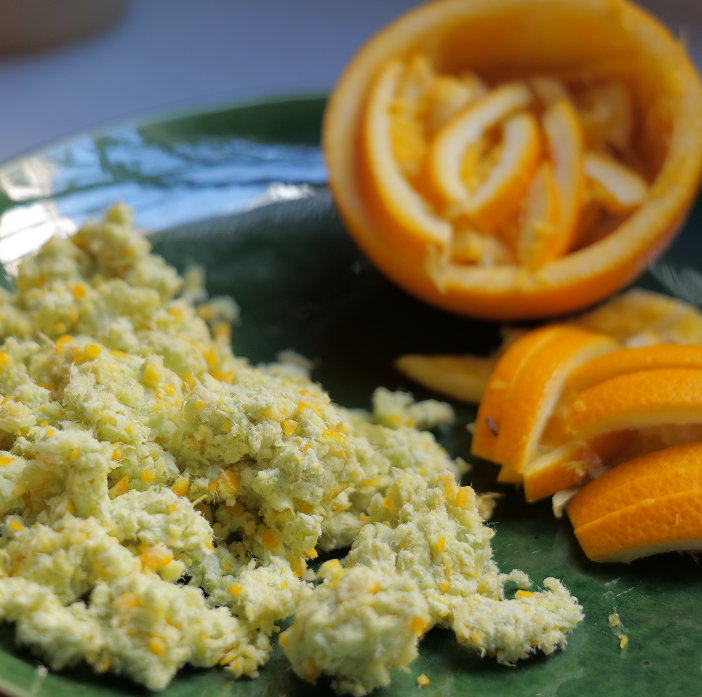
FINAL ARTWORK
The final system transforms the Peelio concept into a coherent visual and material identity, from posters to cups.
The final design transforms Peelio’s concept into a tangible and coherent visual and material identity. Building on our biomaterial prototypes, we developed a full branding system — menus, business cards, and coasters printed on biopaper made from orange peels and strawberry residues, with natural fiber textures that highlight the connection between material and origin. A waxed version of the biopaper was tested for water resistance, showing its potential for paper cups and linking the material directly to its function in smoothie bars. The color palette and typography reflect the organic warmth of fruit-based materials while maintaining clarity and brand cohesion.
Looking ahead, the next steps focus on scaling the process to match the fruit waste generated across Barcelona’s markets and improving production efficiency. Further experimentation will aim to enhance durability, print quality, and sensory experience, exploring other fruit residues and integrating edible elements like fruit leather into menu designs. Peelio merges biomaterials, branding, and sustainability — a system where fruit waste becomes form, design becomes dialogue, and every product reflects the cycle it was born from.
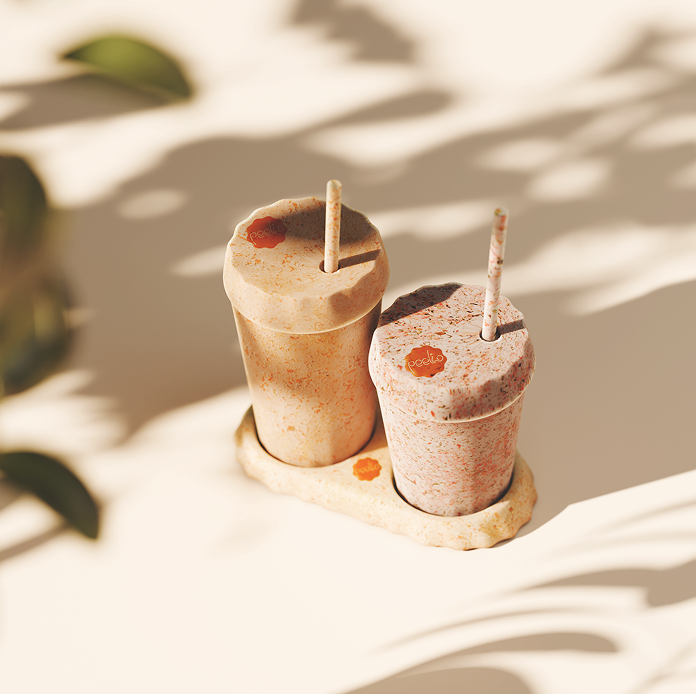
EXPERIENCE
What we think was the greatest benefit of the program, was getting to know all the hubs and existing practices in Barcelona. The greater value of it was also the making of connections with people who are already doing their business in the field of circular, sustainable and food design.
On the first day, we were exploring different design practices around the area, we were shown some great examples of food design, managing food waste and making of several biomaterials. We used the examples as an inspiration for the searching some ideas – through a long selection process we decided on food waste from smoothie bars. Our research was conducted at the market called Mercat de la Boqueria, where we spoke with several local vendors, who sell smoothies and juices. Getting the food waste was a bit challenging, since not a lot of people spoke english, but we successfully got the orange peels and strawberry trimmings.
The next step was the making of the pulp at the Hidden factory, where we could use some machinery to create it. Then the hard work began, we had to do some testing, geting the renders done, present everything graphically and through photos, which was a lot of things to do in such short span of time. It was a chaotic process, but the results at the end have a great potential for further development and implementation into the real world.

